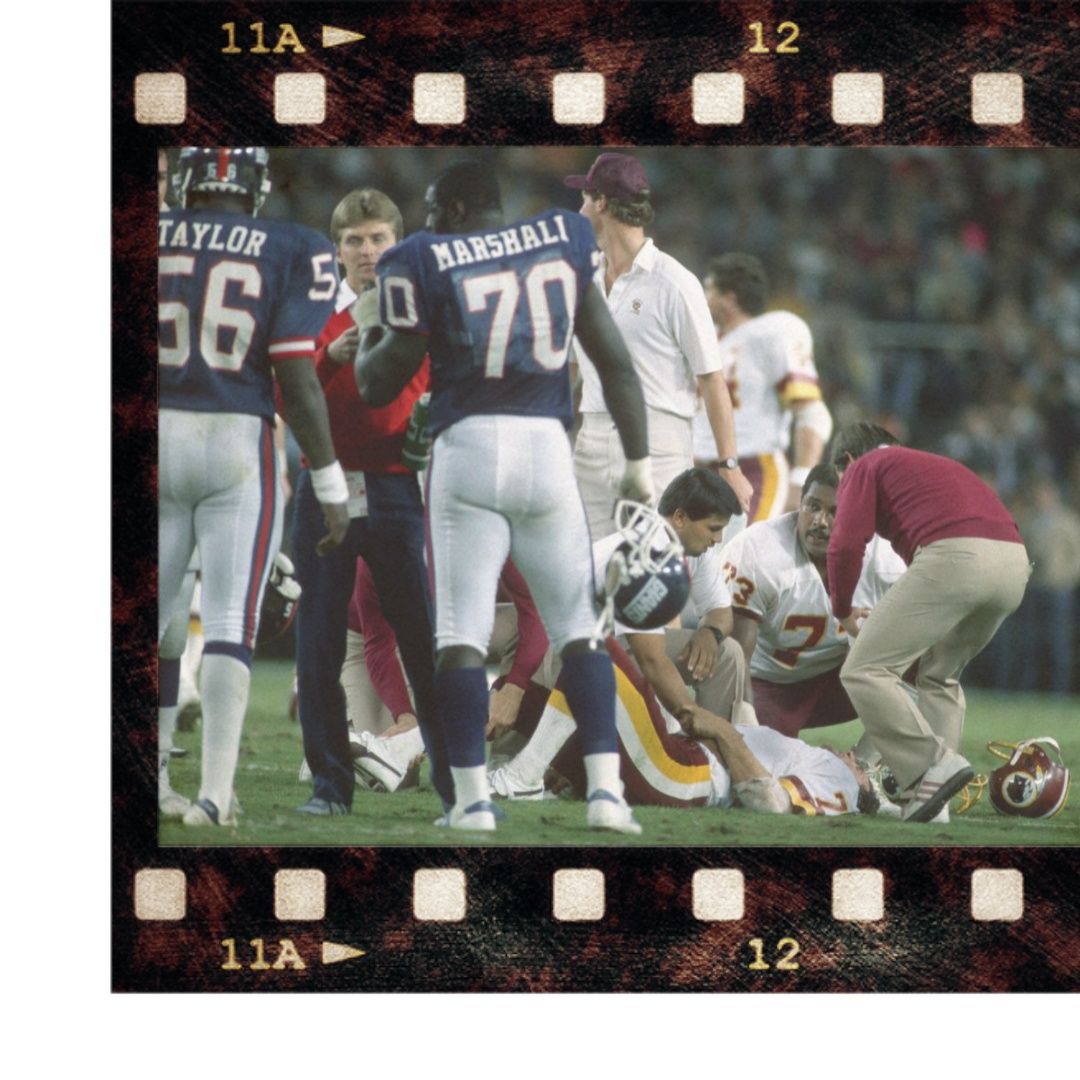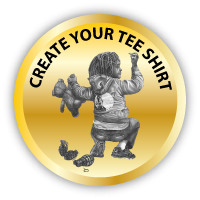NOVEMBER 18th 1985
THAT DAY.....................................During a play between the GIANTS and the REDSKINS, Laurence Taylor jumped on Joe Theismann, the quarterback , and unfortunately broke his leg.
"LT," Lawrence Taylor exploded onto the scene as a rookie with the New York Giants in 1981 and never looked back. He revolutionized the outside linebacking position, with his out-of-this-world 20.5 sacks in 1986. There was never a more down-hill, aggressive linebacker in NFL history that brought the pain on every play. Taylor was a nine-time consecutive All-Pro and is the most intimidating player of all time.
One night an event brought even more fear in his opponent’s eyes. On November 18, 1985.Millions of football fans still remember the image of Taylor sacking Theismann, a superbowl champion quarterback for the Redskins and a two-time Pro Bowler . The stadium’s 53,371 fans weren’t the only witnesses to the collision between Taylor and Theismann—the entire country was watching. Never before had such a gruesome injury been seen by so many. This moment was voted the NFL's "Most Shocking Moment in History."
At the beginning of the second quarter, Theismann handed off to John Riggins. The Diesel bulled toward the middle of the line, putting his head down for the impact. Then he changed his tack, stopping and flipping the ball back to Theismann. They were trying a flea flicker. Theismann wanted to throw downfield to Art Monk. Unfortunately LAURENCE TAYLOR for the Redskins read the play correctly. the entire defense was pouring in on Theismann. LT pulled him down. As he went to the ground, his knee rammed into THEISMANN lower right leg; The sound — Pop! Pop! — reverberated through the stadium. Theismann’s lower leg shattered, a compound fracture. One of the bones pierced his skin.
Theismann later told the New York Times in a 2005 interview: "The pain was unbelievable, it snapped like a breadstick. It sounded like two muzzled gunshots off my left shoulder. Pow, pow! "
Everybody on the field saw Theismann sprawled out on the field and knew he was in trouble
LT said: “ I knew he was hurt when I heard him under the pile yelling and I understood. That's why I tried to get everybody off him and get some help for him. I knew when you're sitting on the bottom of the pile -- I don't care if it's a toe sprain, or an ankle sprain, I don't care what it is -- it seems like forever, like the people on top of you are never going to figure it out. All you want is the people to get off of you and to get some help. And to breathe again.”He fractured both the tibia and the fibula. In other words, the lower leg bones in his right leg were broken between his ankle and knee. That end result left his leg bent gruesomely in different directions. As Theismann was being wheeled off the field the night of the injury, he said, he had the gurney stopped as it passed a player he thought was Giants linebacker Harry Carson. Turns out it was Taylor.
Joe never blamed LT for what happened
LT never seen the scene again.” Football is a tough game, so players are always going to get hurt while playing the game. That's one of the hazards of the job”. “ I have never watched the play, don't won't to watch it, and I never will watch it. I saw it in person. I don't want to see it again.”
This accident added to to LT’s reputation who didn’t really need it.
“A player like Lawrence was such a special athlete, but a really special player because of his awareness and instinctiveness,” Bill Belichick said. “Taylor had the ability, when he stood on the end of the line of scrimmage, which is where he played as an outside linebacker/defensive end, he could just tell, it didn’t matter who the person was, or what the play was, or anything else, he could just tell by the look of the opponent on the other side of the line of scrimmage who was going to block him, and that was by how scared they were.”
Belichick said. “Taylor would anticipate it was a run because the quarterback didn’t care about him, it was somebody else’s problem. But if it was a pass play, and the quarterback looked at Taylor like, ‘Is he rushing? Is he not rushing? Do I have him picked up?’ Before the ball was snapped, he could just tell by the terror he felt from that individual, look in the guy’s eye or how nervous he was from play to play, you know run/pass, which guy’s blocking me, that kind of thing. He would often times come off and tell me that, after the first or second series, he said, ‘I can read this on every play. It’s easy.’ Because the tackle, if he had him in pass protection, was scared to death.”
To know more about the subject:
Belichick called Taylor “the best defensive player I’ve ever coached, by a good margin.” He changed the way offensive lines schemed and the formations they used.
Neft, David S., Cohen, Richard M., and Korch, Rick. The Complete History of Professional Football from 1892 to the Present. New York: St. Martin's Press. 1994
Pervin, Lawrence A. Football's New York Giants: A History. McFarland 2009
Smith, Ron and Moritz, Carl. The Sporting News Selects Football's 100 Greatest Players: A Celebration of the 20th Century's Best, Missouri: Sporting News Publishing Co. 1999
Taylor, Lawrence and Serby, Steve. LT: Over the Edge Tackling Quarterbacks, Drugs, and a World Beyond Football. New York: HarperCollins. 2003
Stone, Kevin (November 18, 2015). "Ten things you might not know about Joe Theismann's injury 30 years ago". ESPN.com. ESPN. Retrieved July 30, 2019.
Leonard Shapiro (November 18, 2005). "The Hit That Changed a Career". The Washington Post. Retrieved June 30, 2008.





